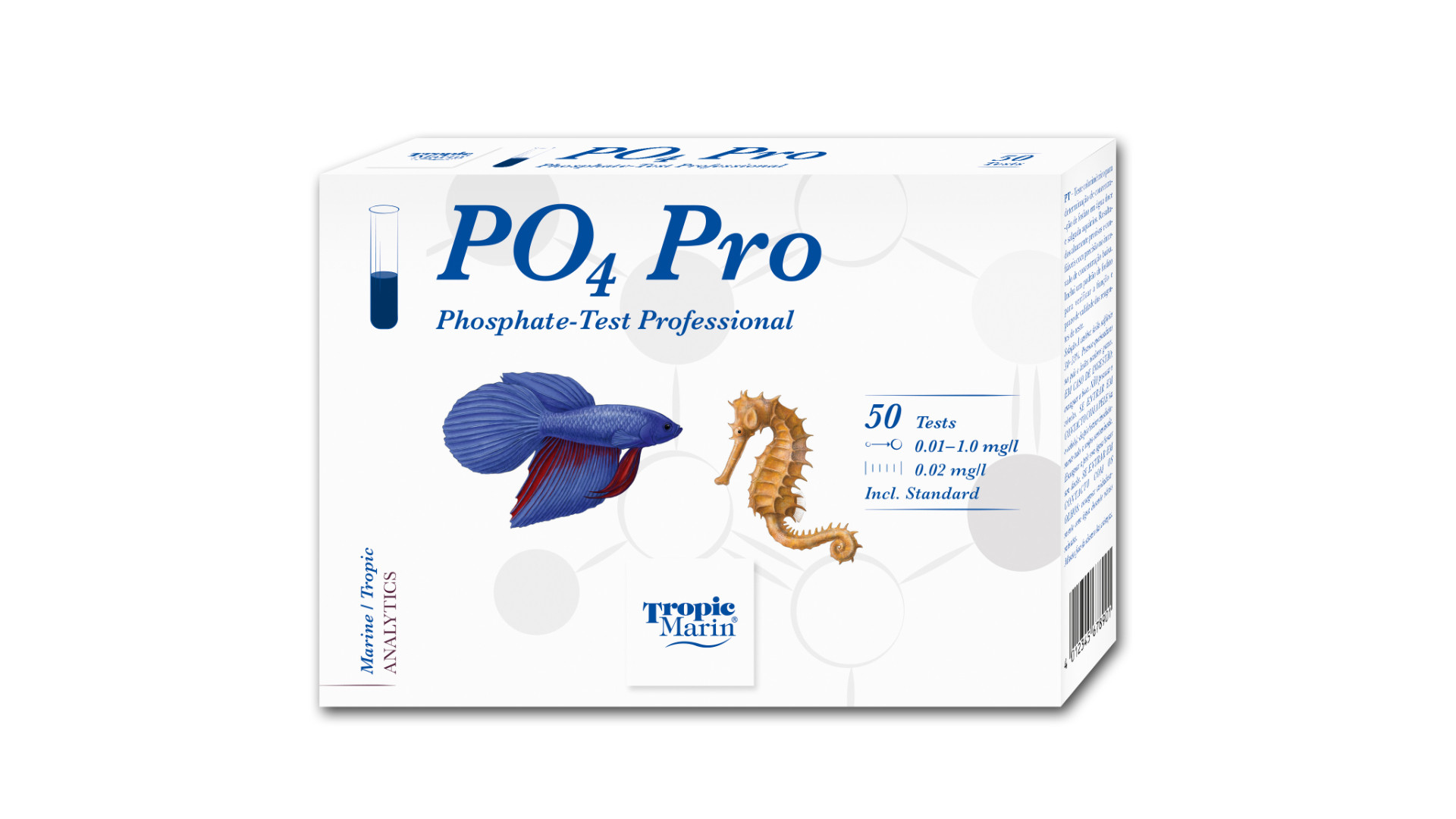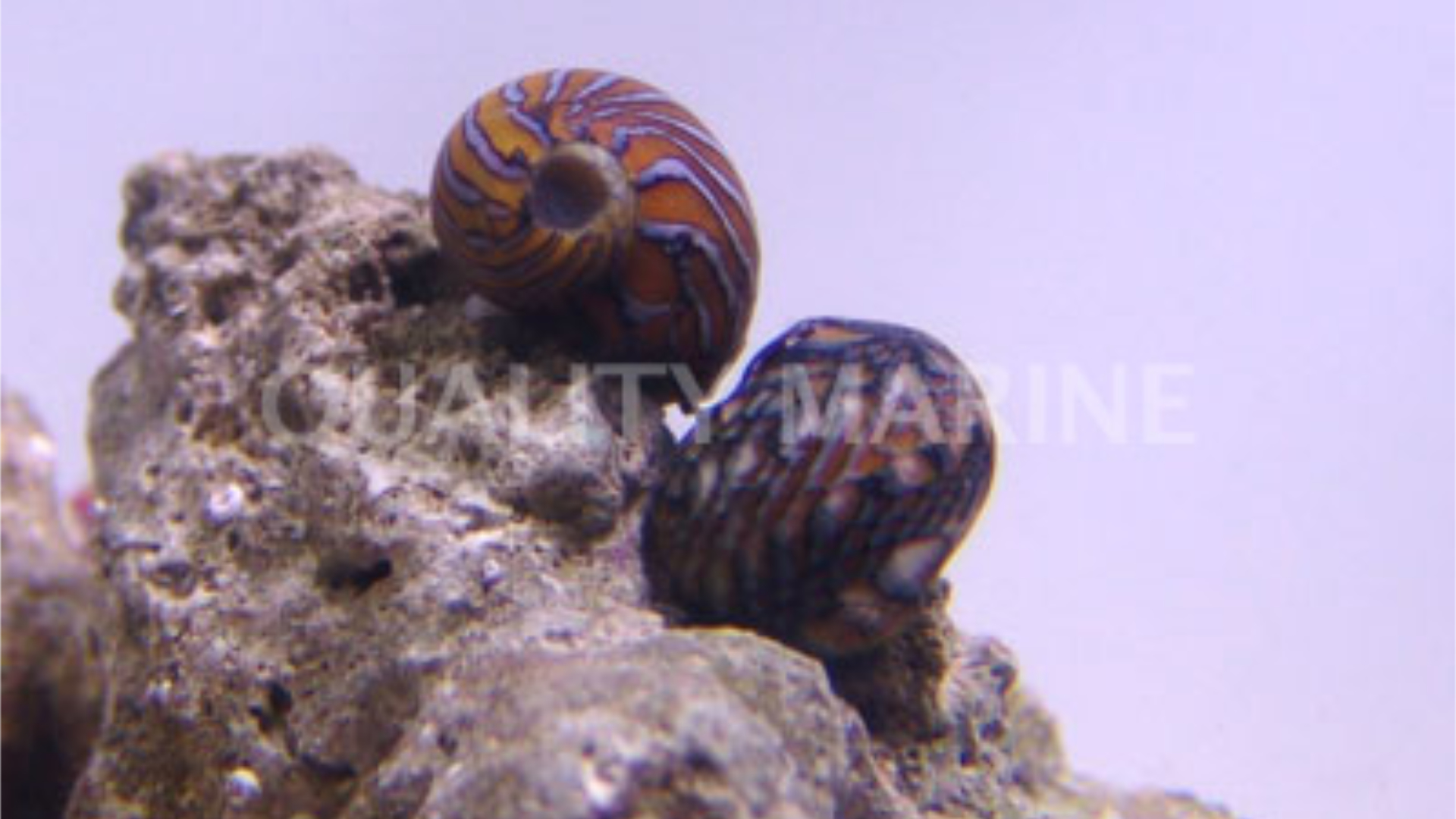The Big Green Fight

Perhaps the most common struggle new aquarists face is algae blooms. These are the product of a complex set of factors but very simply put, when we feed our aquariums, we add a variety of nutrients and proteins. Eating is a fairly inefficient process and only about 10% (or less) of what is eaten gets added as biomass or utilized as fuel for life by the consumer. The 90% is released into the aquarium as nitrogenous waste, phosphorous compounds, and a myriad of other proteins, non-digestible materials etc (aka poop/pee). The nitrogenous and phosphoric compounds are especially of interest to us as they are fuel for much photosynthetic activity.
Very few aquarists looking for advice will say “I have a phosphorous problem” or “I have a nitrogen issue.” Sooner or later though, nearly all of them have said “I have a nuisance algae issue.” While the last statement is true, the first two are also likely true, and (in one way or another) this generally boils down to too much food. It can be just pure over feeding, or too much food at once instead of staged feedings, or it might be even the perfect amount of food for the population of critters in the tank, but too many got added at one time so the biological filter can't keep up yet. How much food is the right amount of food then? This is one of the hardest questions in marine aquarium keeping, and also one of the most overlooked aspects of success with your aquarium. Well fed fish are happy and have quite robust immune systems; this makes them very resilient to most common aquarium ailments. However, fish and invertebrates living in water that has excess nutrients, or prolific algae stealing oxygen at night will be stressed and thus less resilient to those same diseases. Obviously, this is an aspect of aquarium keeping that goes vastly beyond how your tank looks.
A quick Google search will give you highly varied advice on how much to feed, and almost none of it is totally correct. This is because every fish is different. Some fish are plodding eaters, other fish are voracious. Some small active fish will need several meals a day, some sedentary predators only need a meal every couple days. A good rule of thumb for finding a starting point is to take small, measured (we like to use weight) amounts of food and keep adding them until feeding activity slows down or you see some of the food go uneaten to the bottom of the aquarium. This amount (or slightly less) is the total amount that should be fed to the aquarium over 24 hours. You should spread this out over at least a couple feedings, but don't increase the total volume of food. Next comes the fine tuning of this process. You need to watch your individual fish, are they getting too fat? Tell tale signs of this are lots of excess waste, over thick body / distended belly and disinterest in feeding times. Fish that need more food will start to have sunken belly and in extreme cases will get very thin (though this can also be an indicator that they need a different food than what you are offering.)
So what do do if you're feeding the right amount and you're still having algal problems? In this case the culprit is usually inadequate filtration from either stocking too quickly, or just over stocking based on the aquarium size. A good way to know if your filter will catch up is to lean heavily on your aquarium test kits. Testing for nitrogenous compounds is extra important while making stocking and feeding changes. If you see a spike in nitrate and it drops back off within a few days, then your system can absorb the new addition or feed spike without issue. If that nitrate level stays constant for a week or more, some adjustments are going to be needed. You can increase the amount of media and flow through your filters or you can add specific media to take up more nitrogen and phosphorous, there are a wide variety of these available now and you should ask your LFS about the ones they recommend. Increasing your skimmer size will remove more dissolved nutrients and thus export more algae fueling material. Another popular way to remove excess nitrogen and phosphorous is a refugium with “desirable” macroalgae in it. These are excellent for binding and exporting excess nutrients, and also have the added benefits of producing natural micro organisms that feed your tank, and balancing out day and night time water chemistry (yes, the chemistry of your aquarium shifts when the lights go off, but this is another article).
Other algal fueling problems exist as well. Many hobbyists utilizing private well water have issues from excess phosphorous in their tap water. Obviously the best way to deal with this is just to eliminate that variable and use Reverse Osmosis water, either from your LFS, or by purchasing a quality RO unit to use at home. Another problem can arise from utilizing cheap foods. Quality foods like those from Gamma, V2O and Nutramar are put together with closed system biology in mind. They are protein dense with little excess/filler meaning there is less fine material and phosphorous available to the aquarium.

Why don't I just add a bunch of snails? Well you should have snails, and depending on your system, maybe some brittle stars, hermit crabs, other crabs, peppermint shrimp, and even an urchin. But a “clean up crew” should be part of a plan, not a reaction to something that happens in your tank. Look at it this way, if you have a balanced water chemistry and an appropriately sized clean up crew, algal undesirable algal growth should never be an issue, however, if you wait until you have a hair algae breakout and then add the massive number of snails and hermits it will take to deal with the issue, they will. The problem is that then they will starve, and die, and release those nutrients back into the tank in one massive flush; if you are lucky, the cycle will repeat. If you are unlucky the nutrient spike will be too intense and free ammonia will kill off your aquarium. If it is "too late" and you already have the algal issue, we recommend manual removal of as much of it as possible (in addition to the steps above) and it will come back into balance in time, don't rush and over react, this will only make it worse.
In the end, the best way to deal with algae is not to have it in plague proportions in the first place. All healthy aquariums will have a little bit, and some of you will introduce certain species of it intentionally. Fine tune your feeding regimen, balance this to your filtration and utilize some cleaner species and you should be able to keep your aquarium clean and happy for years to come.